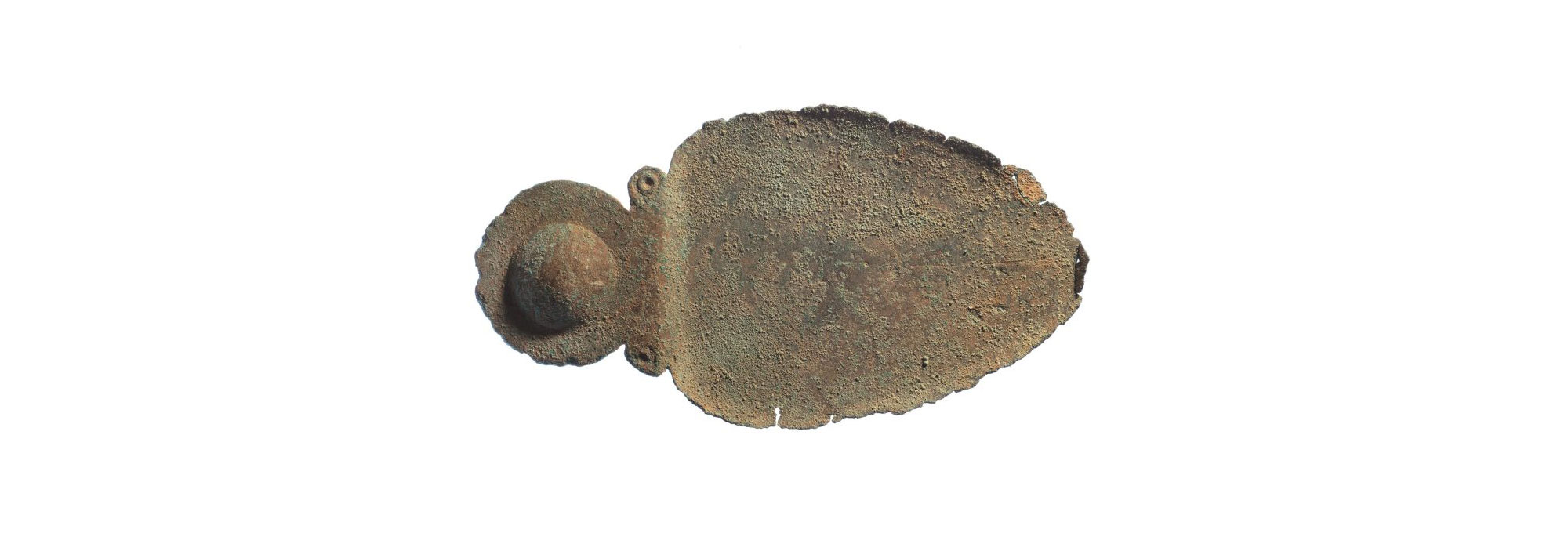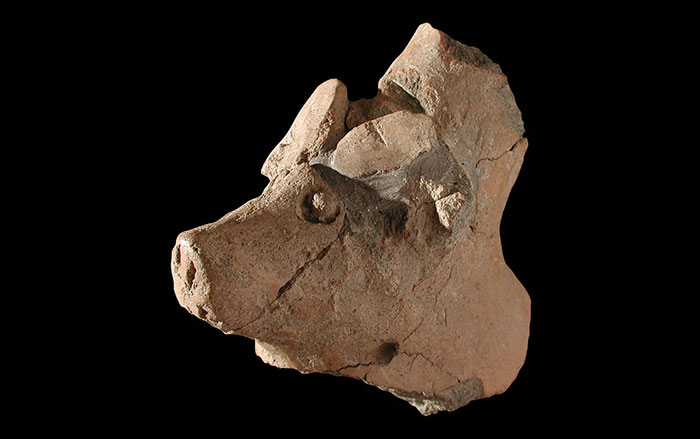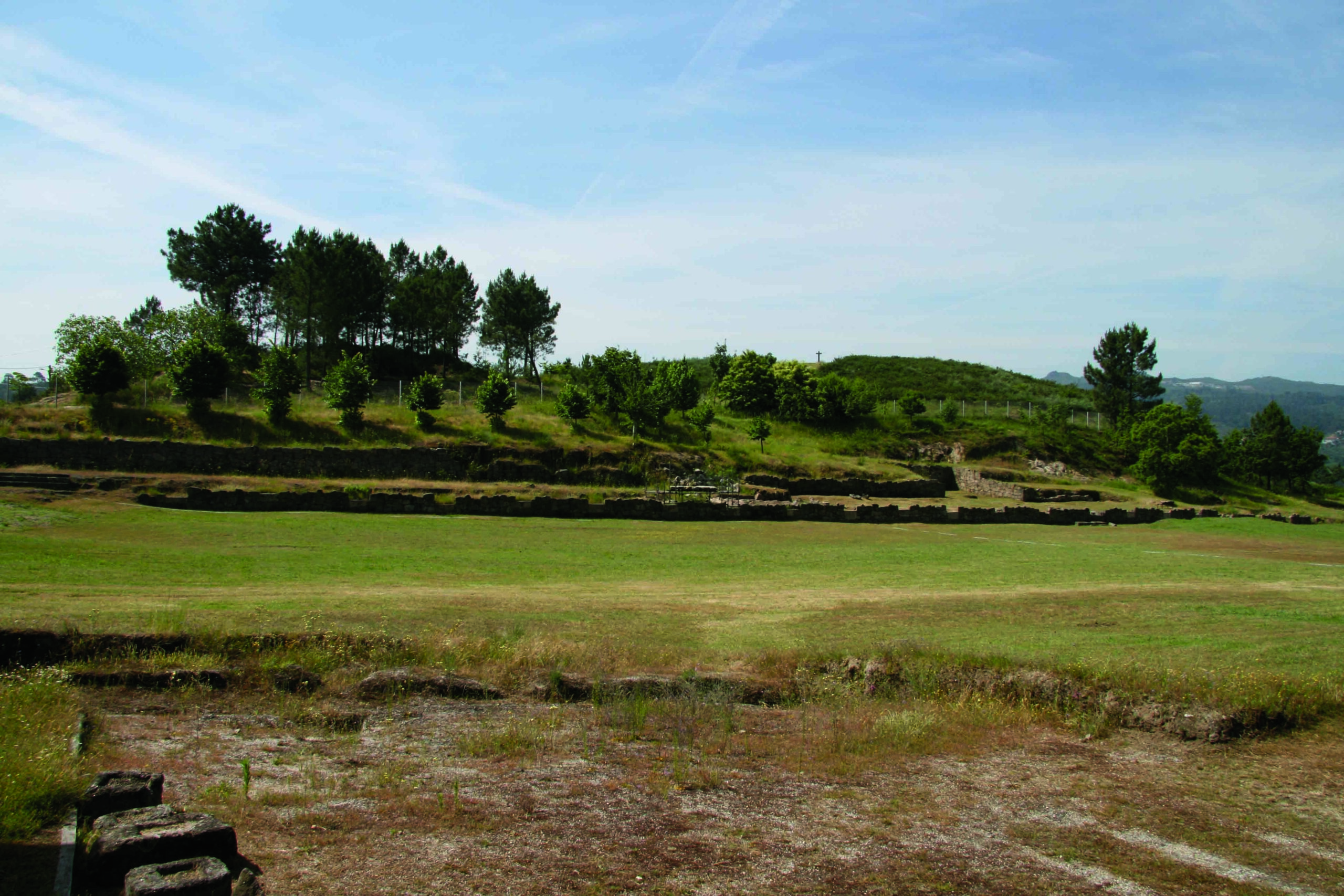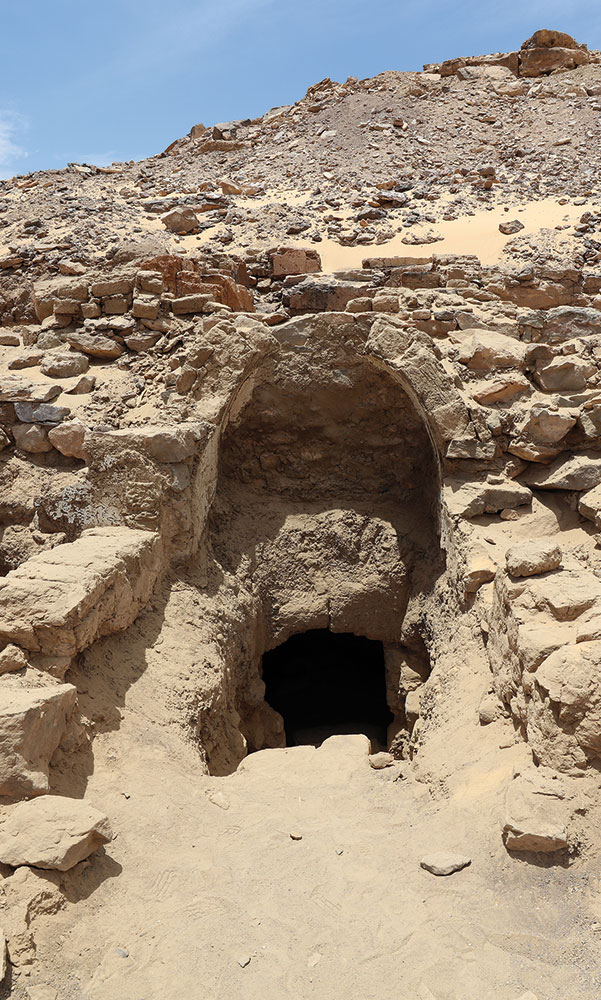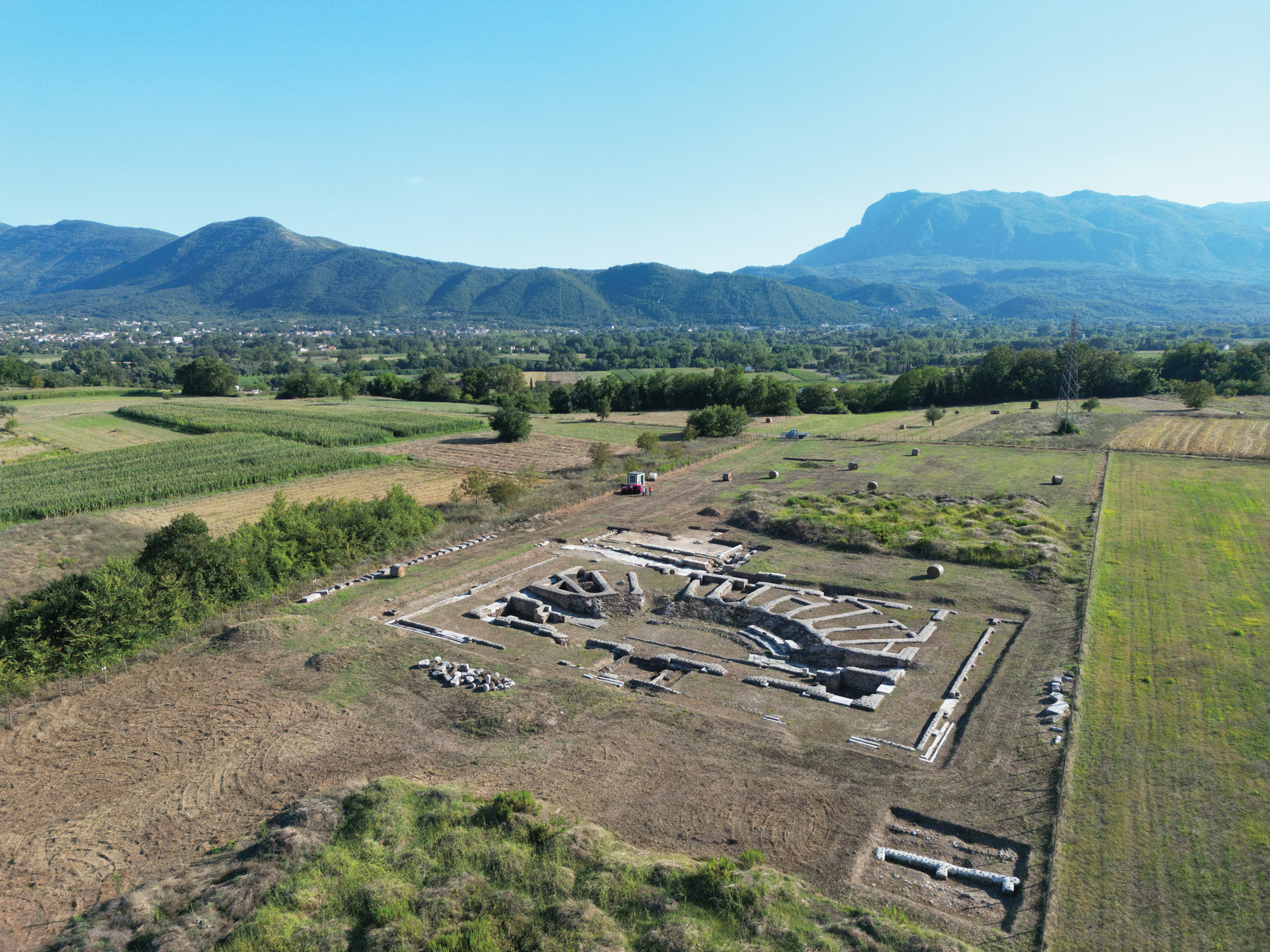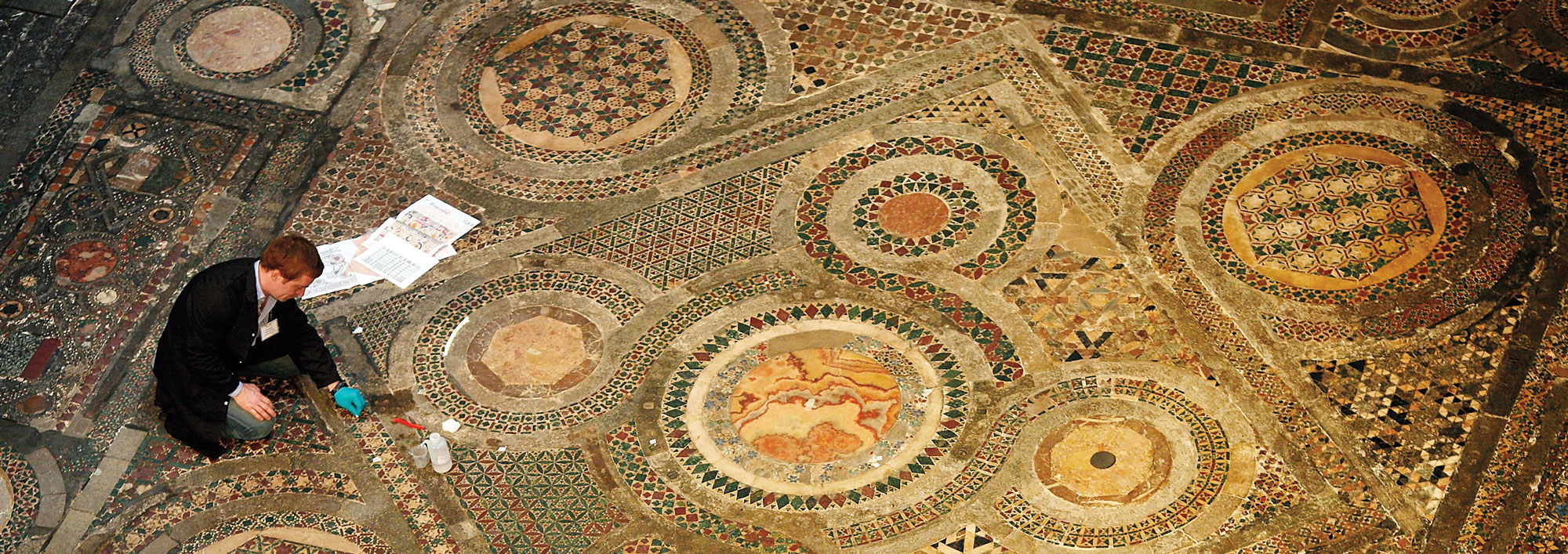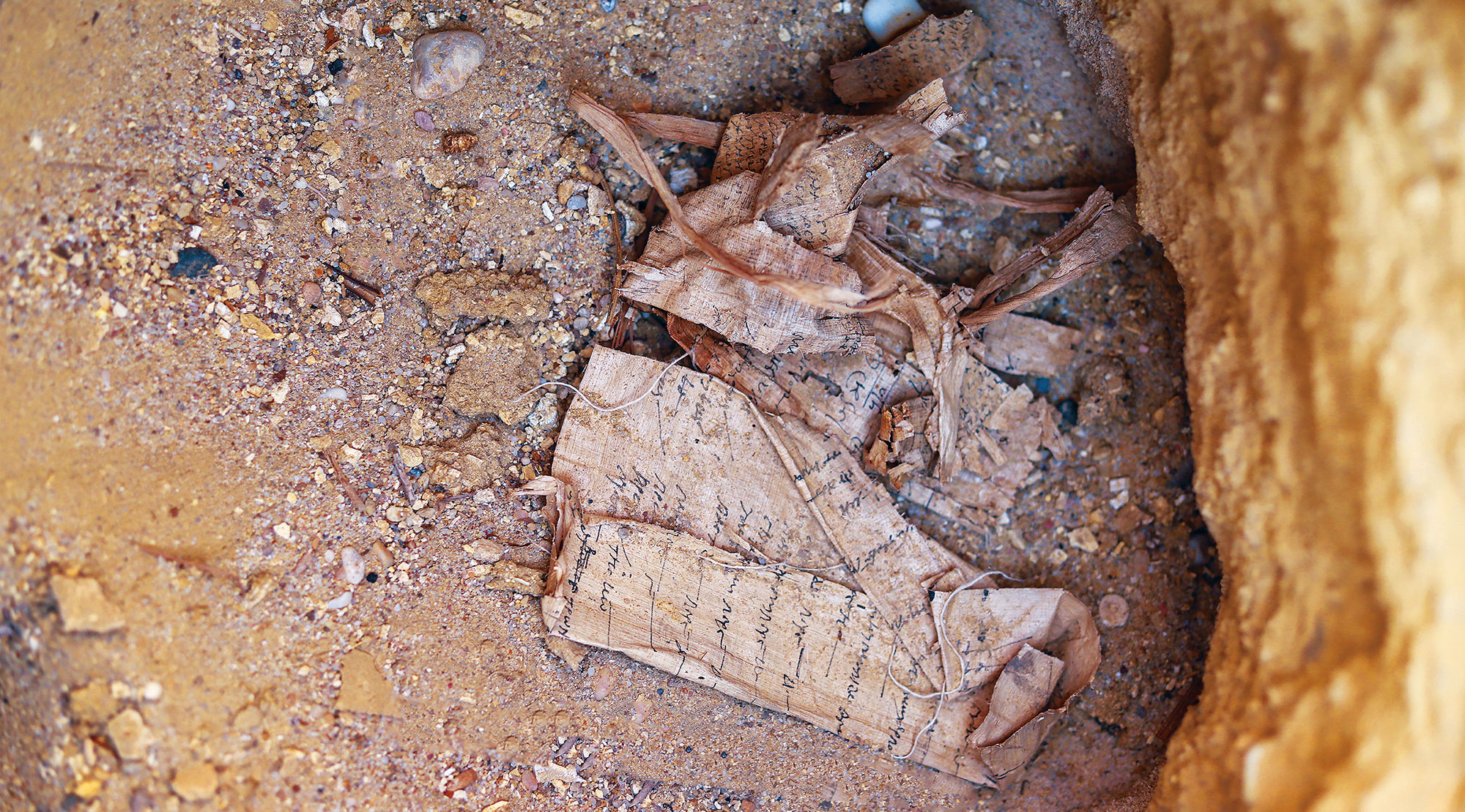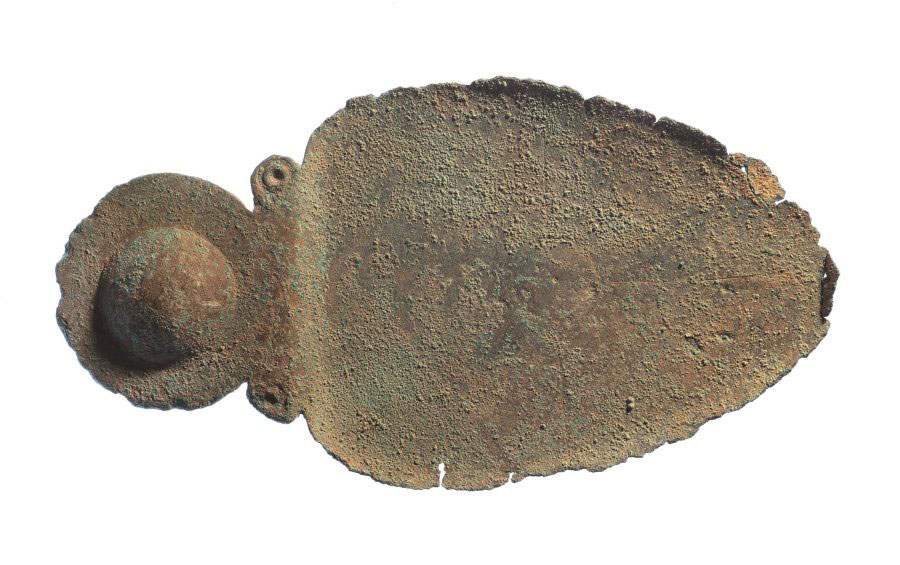
PATRICK, ISLE OF MAN––An unusual divination spoon was found by metal detectorists at a site along the west coast of the Isle of Man, according to a statement released by Manx National Heritage. Dating to between 400 and 100 b.c., the bowl of the bronze, strawberry-shaped utensil is engraved with two perpendicular lines that form a cross. Details about how exactly the peculiar spoon may have been used remain unknown, but experts theorize that it played an important part in Iron Age rituals to predict the future. “The spoons are usually found in pairs and it has been suggested that liquid of some form would have been poured into the spoon which has the cross, and whatever quarter it landed in would tell something about the future,” said Allison Fox, curator for archaeology at Manx National Heritage. Twenty-eight similar artifacts have been found across Britain, Ireland, and France, but this is the first of its kind ever discovered on the Isle of Man. To read about a 4,000-year-old jet necklace uncovered on the Isle of Man, go to "Jetting Across the British Isles."


